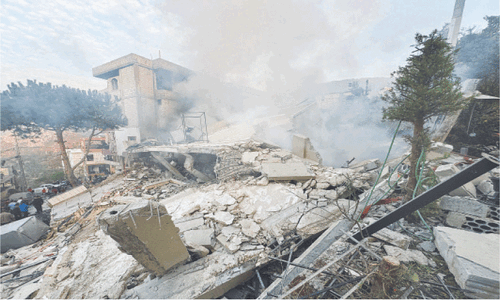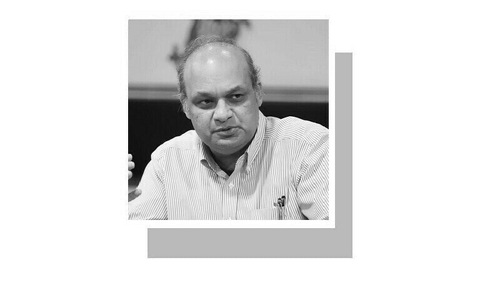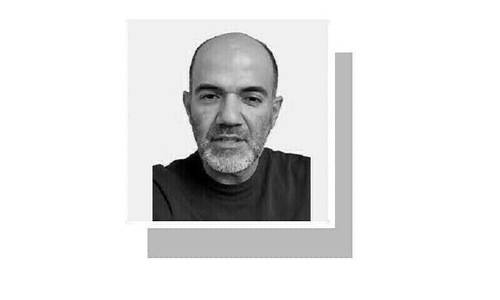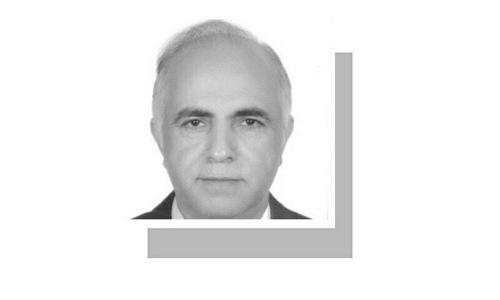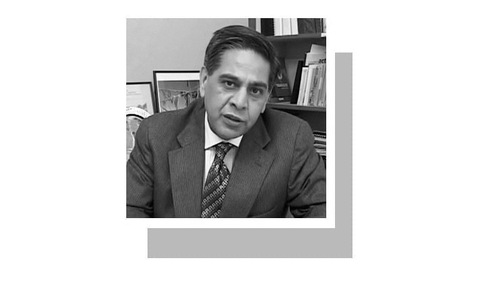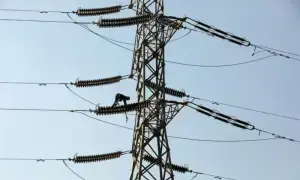IT has been quite encouraging to note that the new chief justice has wasted no time putting his house in order.
After promptly reconstituting the Supreme Court Practice and Procedure Committee to include the next two senior-most justices after himself, Chief Justice Yahya Afridi had summoned a full court meeting this Monday to review business. By all accounts, the meeting — attended by all judges of the Supreme Court, including senior puisne judge Justice Mansoor Ali Shah via video link — was a successful one.
Held in a collegial atmosphere, it focused on the ways and means through which the Supreme Court can fulfil its core responsibility: delivering timely justice. Though many had speculated that various prickly issues would be brought up when the Supreme Court judges would first meet after the tumultuous end of justice Qazi Faez Isa’s tenure, the court seemed more immediately concerned with the case backlog and how it could be reduced expeditiously.
Some may have been expecting bitterness from Justice Shah for being passed over for the chief justice’s position. Instead, he displayed grace and magnanimity by placing his detailed plan for cutting down the case backlog before the court, thereby symbolically handing over the baton to the new chief justice. It seems worth mentioning here that this plan had been much anticipated within the legal community, and one of the main regrets cited when Justice Shah was passed over was that it may never see the light of day.
However, it was a much-changed Supreme Court on Monday that reviewed and eventually adopted the Case Management Plan 2023. It appears that not only was the new chief justice keen on restoring the respect previously denied to other senior justices but also on reorienting the court’s priorities towards improving institutional performance rather than on external troubles and intrigues.
As it faces relentless assaults from multiple flanks, the unity and commonality of purpose on display in the Monday meeting are what will help the Supreme Court endure. Successive tenures marked by polarisation and internal frictions have eroded the institution’s powers and left it vulnerable to the other pillars of the state. It must reclaim its space and fulfil its duty to protect the constitutional order.
It is hoped that the institution will not take too long to find its feet again, and once it does, will set about correcting the many imbalances in the tripartite distribution of power that have crept in over the past few years. It is refreshing to see that, after a long time, the judges of the superior judiciary do not seem to be harbouring personal grudges against each other. It is hoped that this spirit will prevail and that the institution will heal quickly in the days to come.
Published in Dawn, October 30th, 2024


















